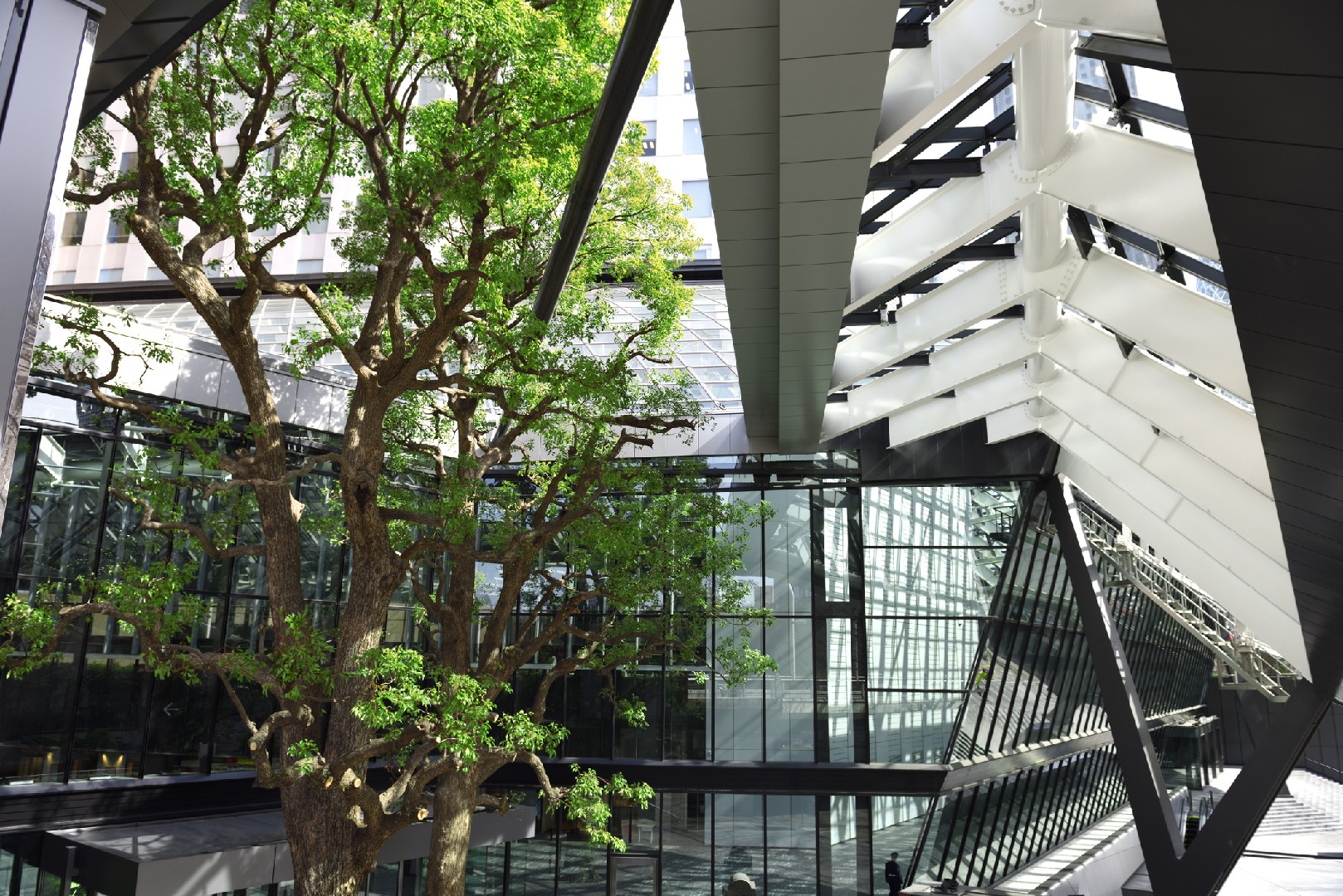![Rectangle]()
Case Studies: Pushing the Green Envelope
One of the most inspiring examples of transformative urban garden design is the High Line park in New York City. This once-abandoned elevated railway track has been transformed into a lush and vibrant garden oasis, providing an escape from the hustle and bustle of the city below.
The design strategies employed in the creation of the High Line showcase the possibilities of utilizing vertical space and maximizing greenery in an urban setting. By repurposing the existing infrastructure, the park seamlessly blends nature and architecture, creating a unique and awe-inspiring experience for visitors.
Another captivating case study is the innovative vertical garden integrated into a small balcony. This multi-tiered garden takes advantage of vertical space, allowing for a diverse range of plants to thrive in a limited area. The creation process of this vertical garden involves careful selection of plants based on their suitability for vertical growth, as well as the installation of a sturdy support structure.
To create a multi-tiered vertical garden, start by assessing the available space and determining the sunlight exposure. Choose plants that are suited to the specific conditions of your balcony, considering factors such as light requirements, temperature, and maintenance needs. Install a reliable support structure, such as a trellis or a vertical wall planter, to ensure stability and proper growth of the plants.
Lastly, let's explore the innovative elements of an indoor garden within a tiny apartment. This case study showcases how even the smallest of spaces can be transformed into a green sanctuary. By utilizing various techniques such as vertical gardening, hanging planters, and compact plant species, the indoor garden creates a sense of tranquility and connection to nature.
To create an indoor garden in a small space, consider using wall-mounted planters or hanging baskets to maximize vertical space. Choose compact plant species that don't require a lot of sunlight or maintenance, such as pothos, snake plants, or succulents. Additionally, ensure proper drainage by using well-draining soil and containers with drainage holes.
These case studies demonstrate the power of innovative urban garden design in transforming small spaces into green havens. Whether it's repurposing existing infrastructure, utilizing vertical space, or creating indoor gardens, there are endless possibilities for incorporating nature into urban environments.
By implementing these design strategies and techniques, you can create your own oasis in the midst of a bustling city. Not only will you enjoy the beauty and serenity of your urban garden, but you'll also reap the numerous benefits it brings, such as improved air quality, reduced stress, and increased biodiversity.
Remember, urban garden design is not limited by space or constraints. With a little creativity and the right knowledge, you can revolutionize any small space into a green paradise. So go ahead, start exploring the possibilities and embark on your own journey of urban garden transformation.





